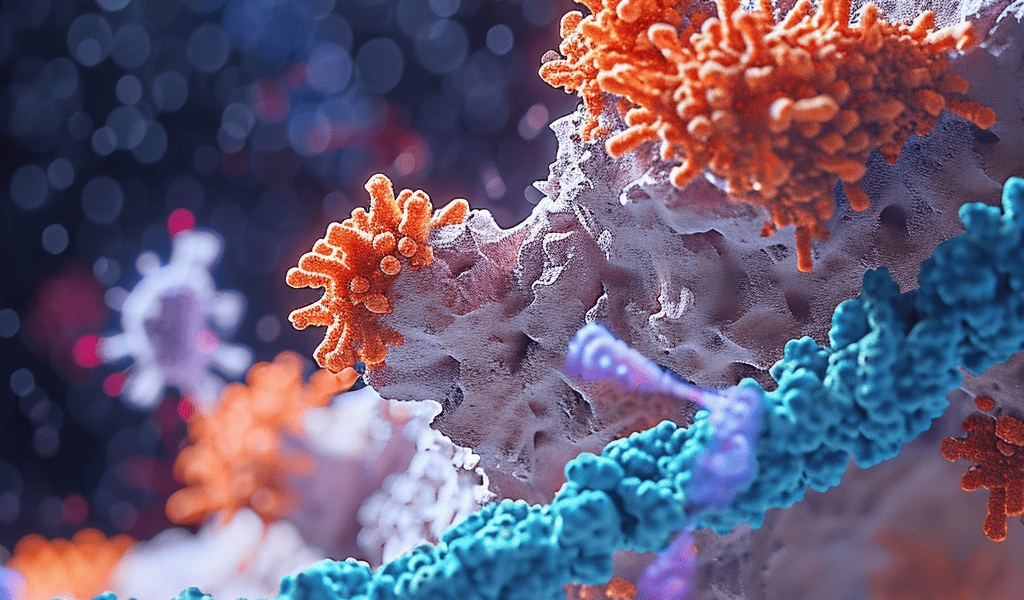How does a molecular freight elevator work?
Bonn researchers study an important membrane transport mechanism in pathogenic bacteria
UNIVERSITATSKLINIKUM BONN – Some bacterial membrane transporters work almost like freight elevators to transport substances through the cell membrane into the interior of the cell. The transporter itself spans the bacterial membrane. Like a forklift, a soluble protein outside the bacterium transports the substance to the ‘elevator’ and unloads its cargo there. The freight elevator transports it to the inside of the cell, in other words to another floor. Researchers at the University Hospital Bonn (UKB) and the University of Bonn, in collaboration with a team from the University of York, have now studied the interaction between the transporter and its soluble substrate binding protein. Interestingly, they adapt precisely to each other during the transportation process. As this happens very quickly, the researchers virtually ‘blocked’ the elevator by specifically inserting anchors, so-called disulphide bridges. This enabled them to prove that only the loaded ‘forklift’ fits the ‘elevator’ if it is on the right floor. This makes transportation really effective. The study has now been published in the journal Nature Communications.
Like all cells, bacteria are also surrounded by a cell membrane. This thin layer of lipids encloses nutrients, genetic material and proteins of the cell. However, certain substances must be able to pass through the membrane. For example, substances that help pathogens to evade the human body’s immune response. To this end, pathogenic bacteria such as Haemophilus influenzae have so-called ATP-independent periplasmic (TRAP) transporters. They have two very flexible transmembrane domains that span the cell wall. The pathogen Haemophilus influenzae uses the TRAP transporter to transport sialic acid from its environment into the cell interior, which is then incorporated into the bacterial cell wall. The small sugar molecule is very common in human tissue. ‘Once it is incorporated into the bacterial cell wall, the sialic acid acts like a camouflage cap for the bacteria. This allows them to hide from our immune system because it makes them look similar to the body’s own tissue,’ says PD Dr. Gregor Hagelueken from the Institute of Structural Biology at the UKB. He is also a member of the Transdisciplinary Research Area (TRA) ‘Life & Health’ and the Immunosensation2 Cluster of Excellence at the University of Bonn.
The TRAP transporter is supported by an additional substrate binding protein.





